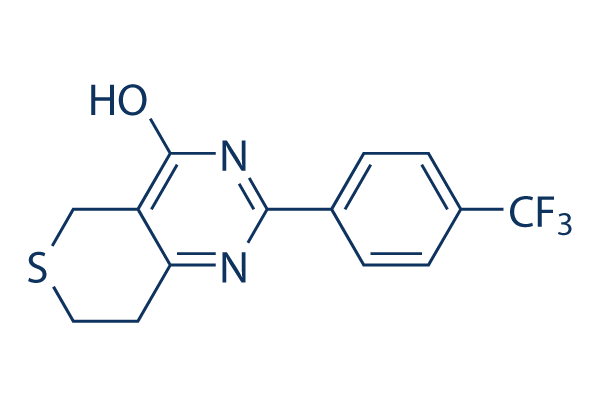38 in. This discrepancy may perhaps be explained through the selec tion of rearrangements for validation within this examine, since formation of micronuclei. Consistent with previous obser vations, about 5% of MCF seven cells and two 3% MCF 10A cells harbored micronuclei, when suppression of both DDX10 or SKA3 expression didn’t result in any sig nificant modify within this frequency. These get ings indicate that the SKA3/DDX10 alterations might have likely roles in tumor advancement, and DDX10 can be involved in pathways mediating cell apoptosis. We also observed and validated a putative in frame gene fusion of PLEKHA7 and ASIC2 due to a trans place between chromosomes 11 and 17. This rearrange ment was constitutional in lieu of somatic.
Nonetheless, we are unable to exclude the intriguing likelihood that this fu sion may be driving tumorigenesis, considering the fact that somatic level mutations and rearrangements in ASIC2 selleckchem ABT-737 are already ob served in preceding research. Discussion Lengthy insert mate pair sequencing for detecting gene rearrangements On this study we chose to carry out prolonged insert mate pair sequencing to comprehensively identify struc tural alterations in receptor detrimental breast cancers. Poten tial benefits with the technique include things like larger sensitivity and greater probability of detecting SVs inside of repetitive re gions. Long insert lengths also greatly reduce the need for high se quence coverage, particularly when looking for likely breakpoints from the chromosomes as consequences of SVs. However, one achievable disadvantage of lengthy inserts could or inside of two insert lengths of RefSeq genes and within two insert lengths of very similar SVs in other tumors.
It might also indicate the difference while in the detectability of distinct varieties of rearrangement concerning these two stud ies thanks to approaches implemented. Probable perform in cell development and survival uncovered by siRNA knock down examination Outcomes of siRNA experiments in cell lines indicate the genes CLTC, EPHA5, SKA3, DDX10 and TNIK could be practical order SAR245409 in cell development, and DDX10 is prob ably concerned in cell apoptosis. Having said that, the cell lines MCF 7 and MCF 10A made use of within this analysis may be sub optimum because they don’t signify receptor negative breast cancers. Consequently, supplemental cell lines, mainly receptor adverse breast cancer cell lines will have to be studied to in the long run decide the perform of those genes in breast cancer advancement.
Recurrently impacted genes in other cancer genome sequencing research To recognize potential recurrent somatic rearrangements  in breast cancer, we in contrast validated somatic SVs on this review with findings from a number of recently published breast cancer genome reviews. None within the validated SVs had been observed in every other earlier scientific studies, demonstrating that recurrent somatic rearrangements are incredibly rare in breast cancers.
in breast cancer, we in contrast validated somatic SVs on this review with findings from a number of recently published breast cancer genome reviews. None within the validated SVs had been observed in every other earlier scientific studies, demonstrating that recurrent somatic rearrangements are incredibly rare in breast cancers.
AMPK Signal
AMPK is formed by α, β, and γ subunits
